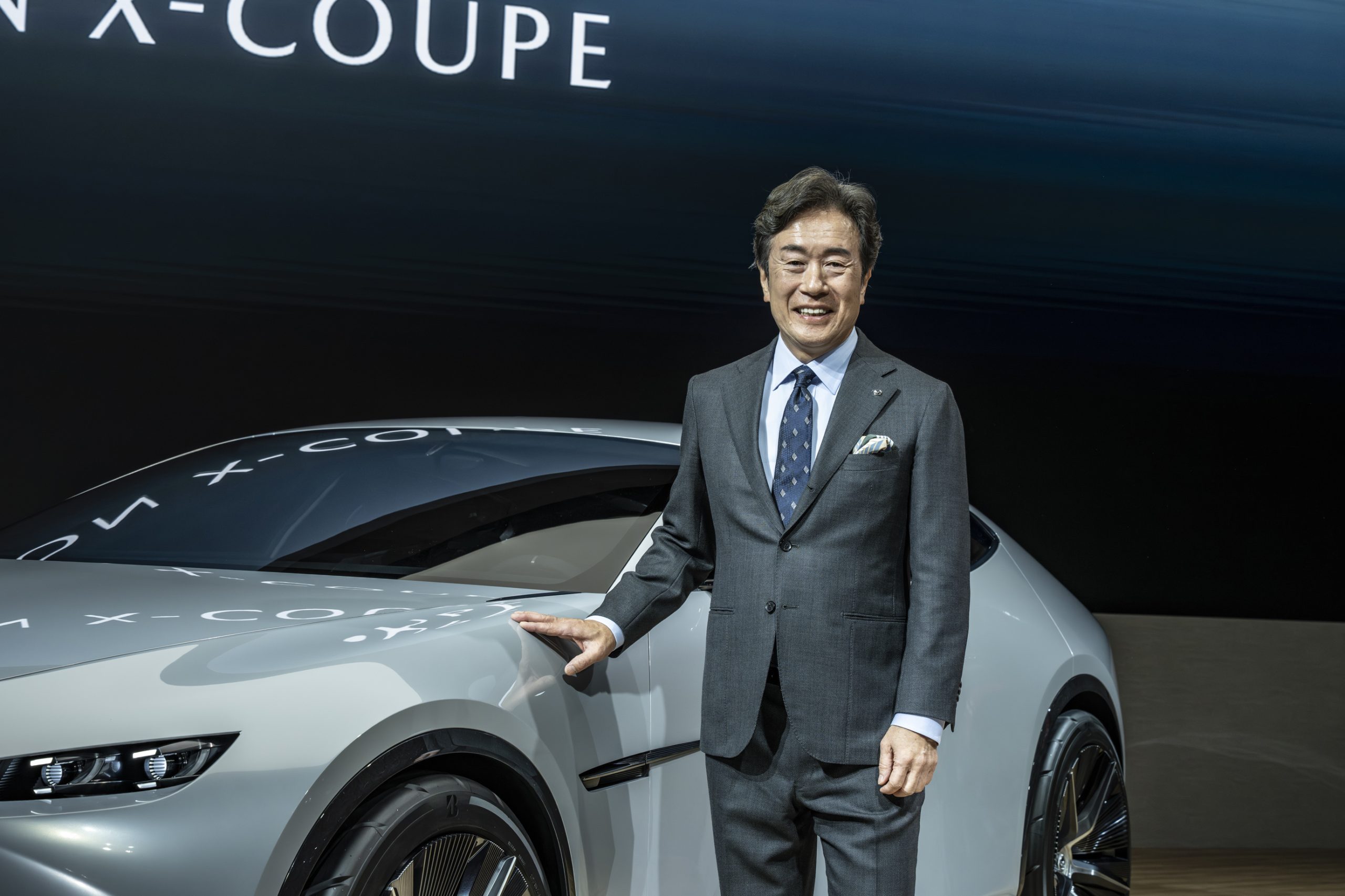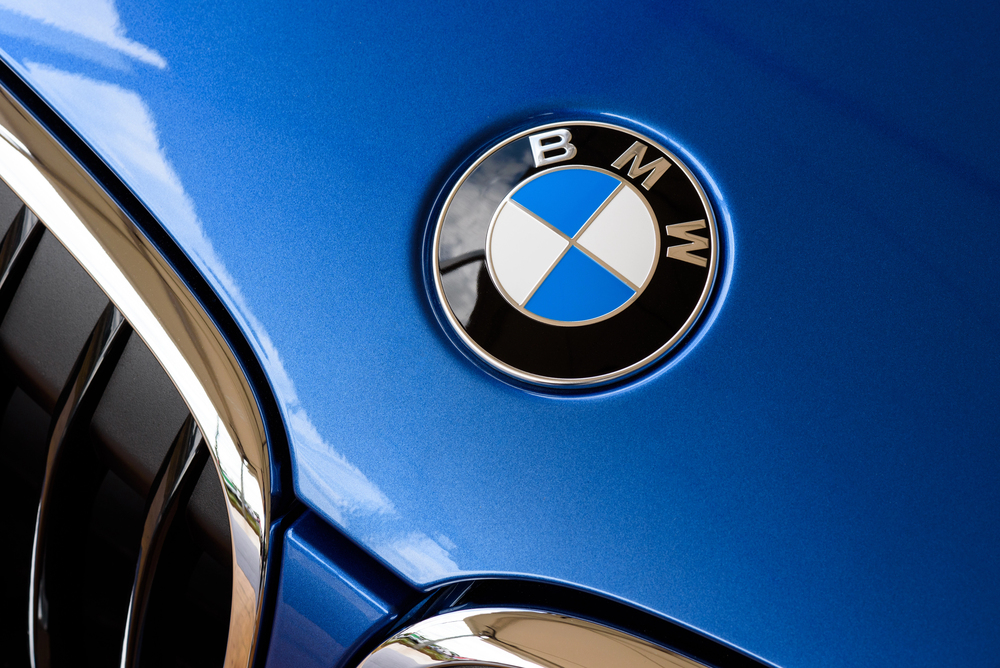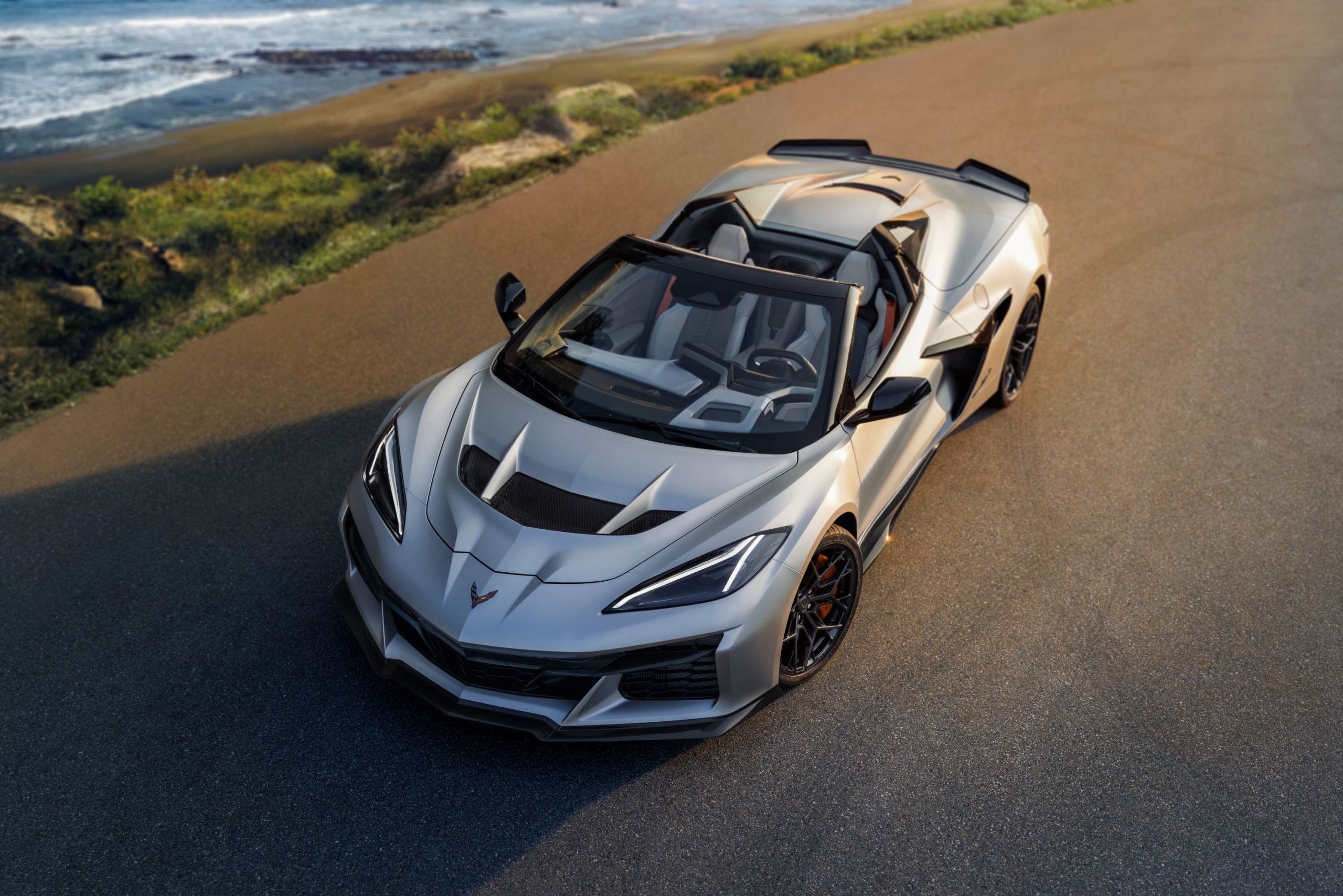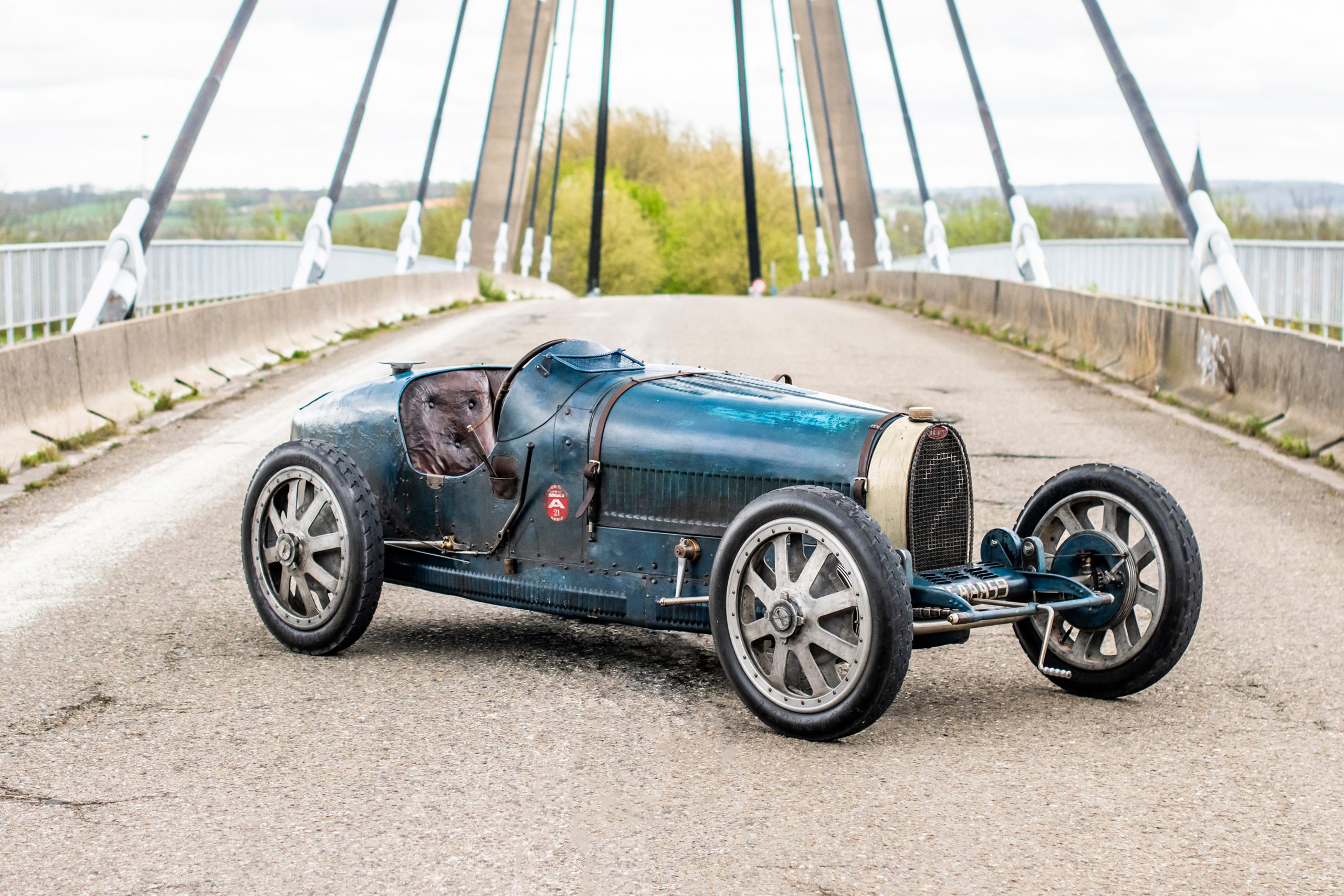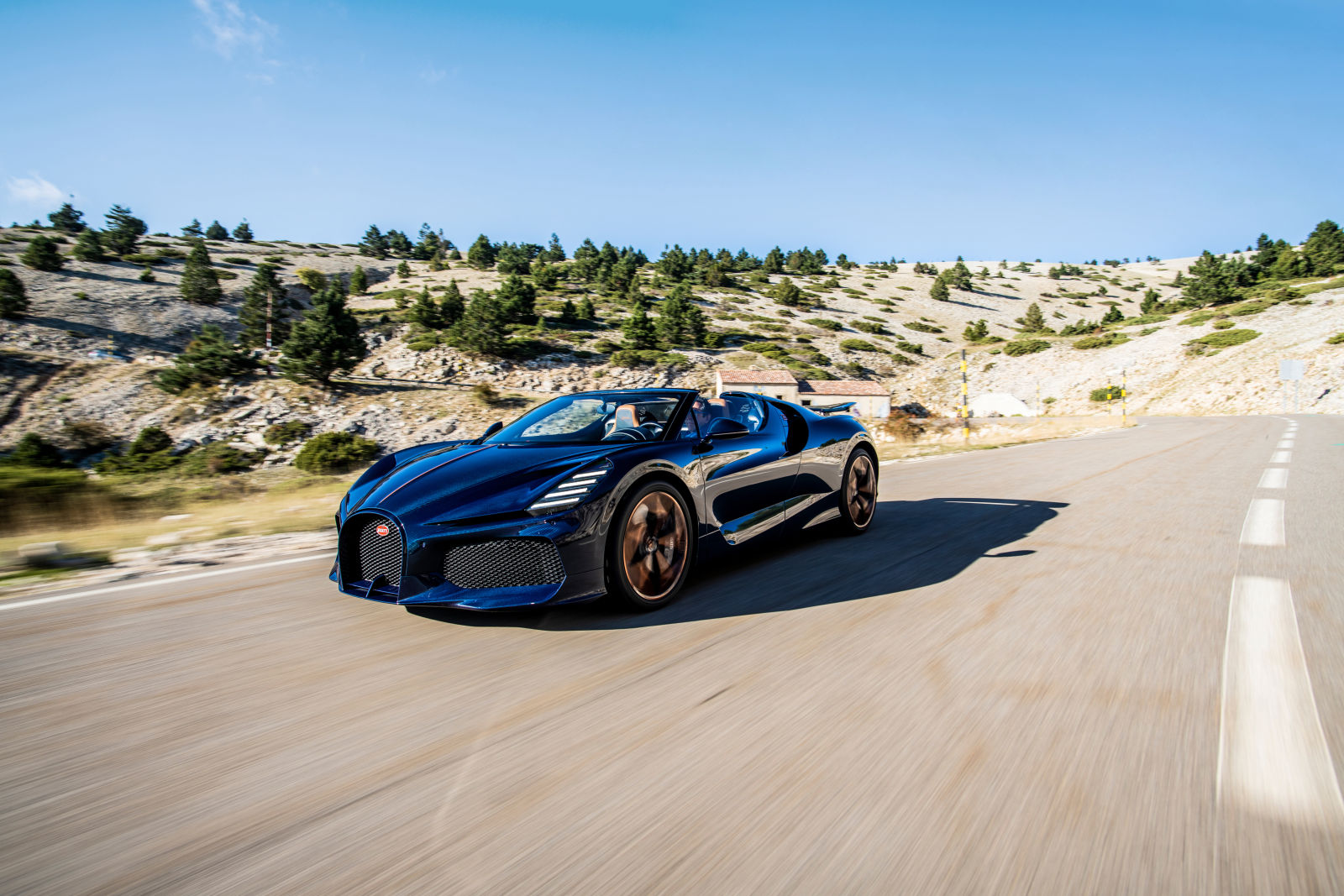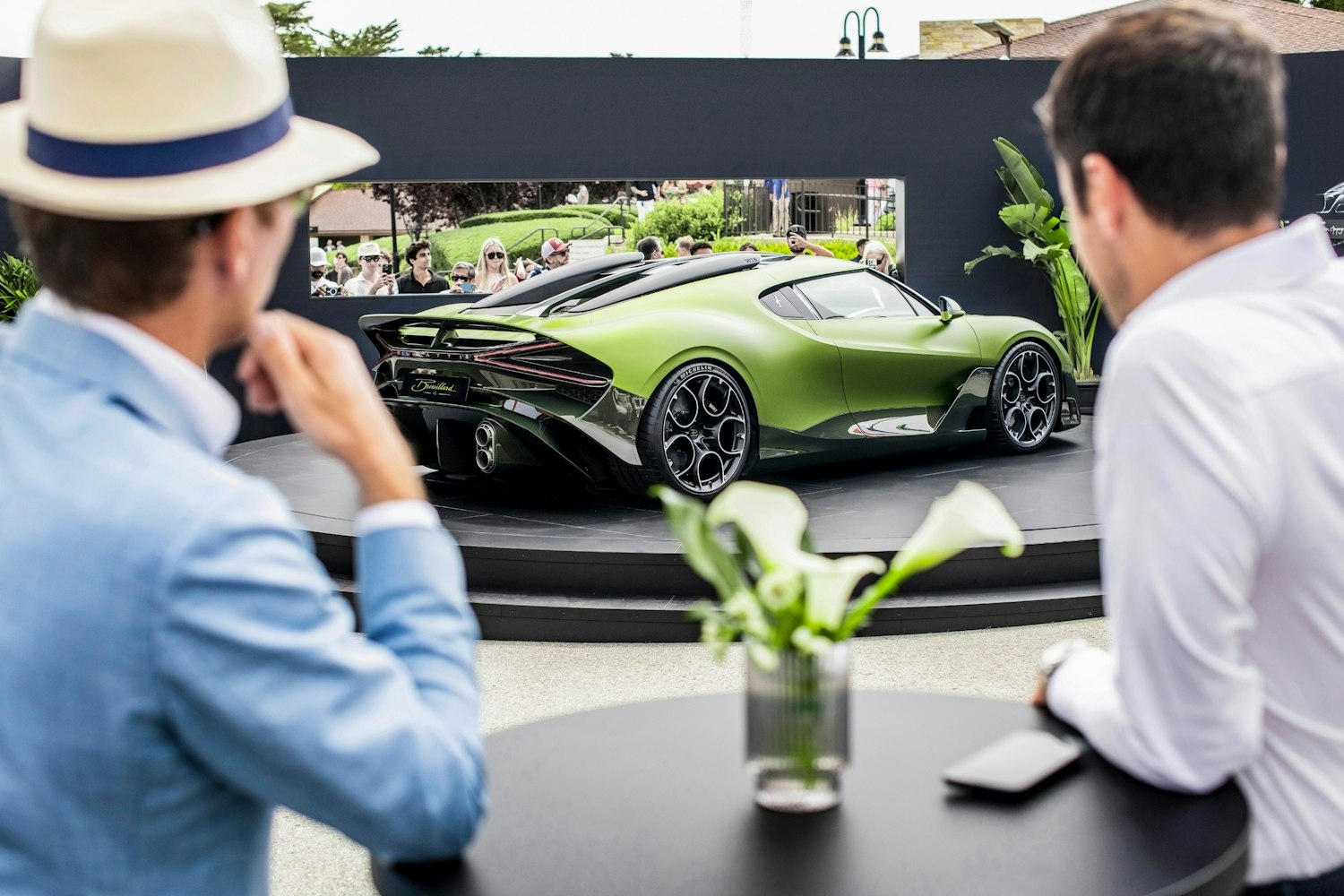Even in the coldest temperatures, the all-new GLB offers a “Welcome Home” feeling
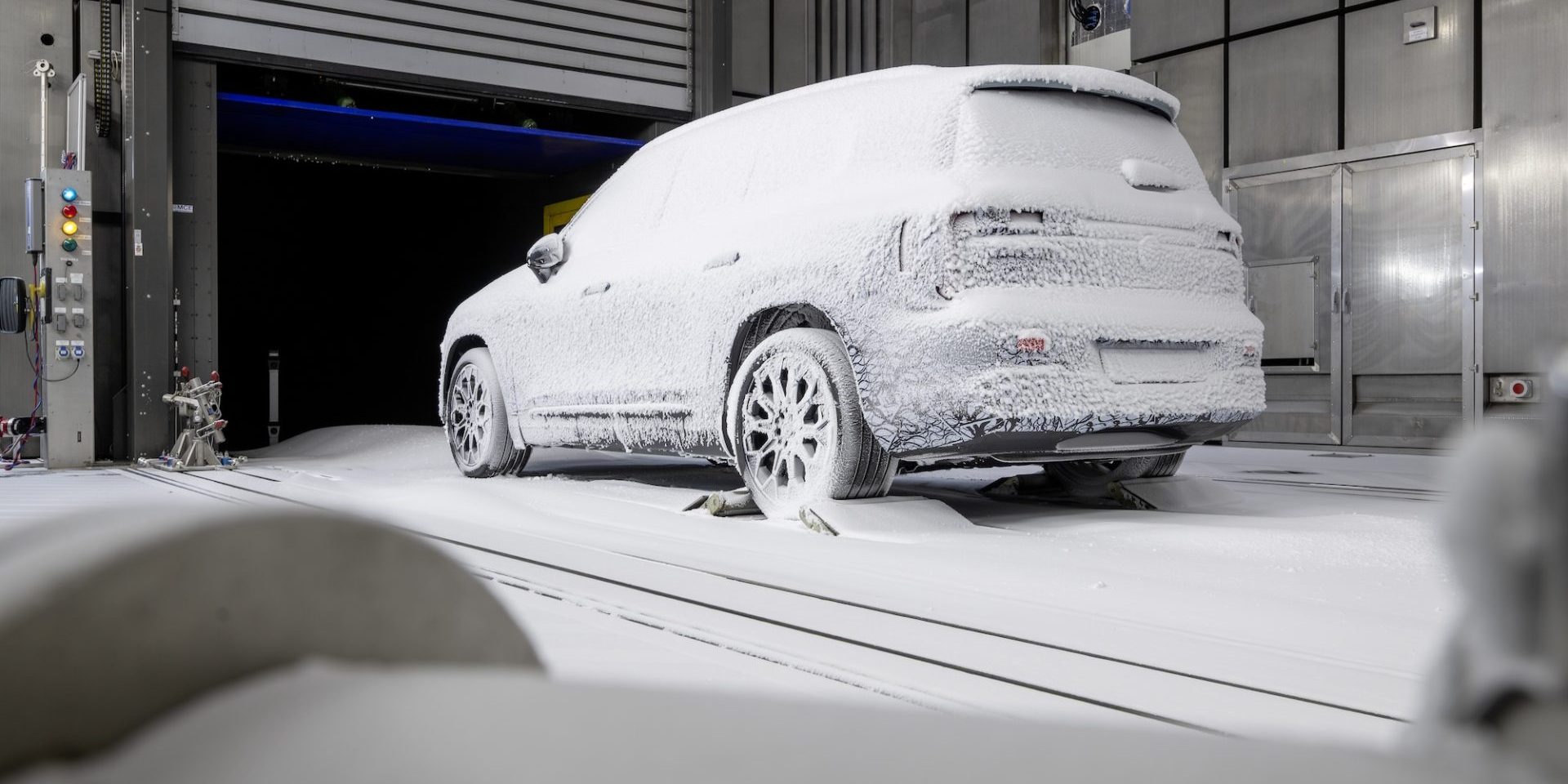
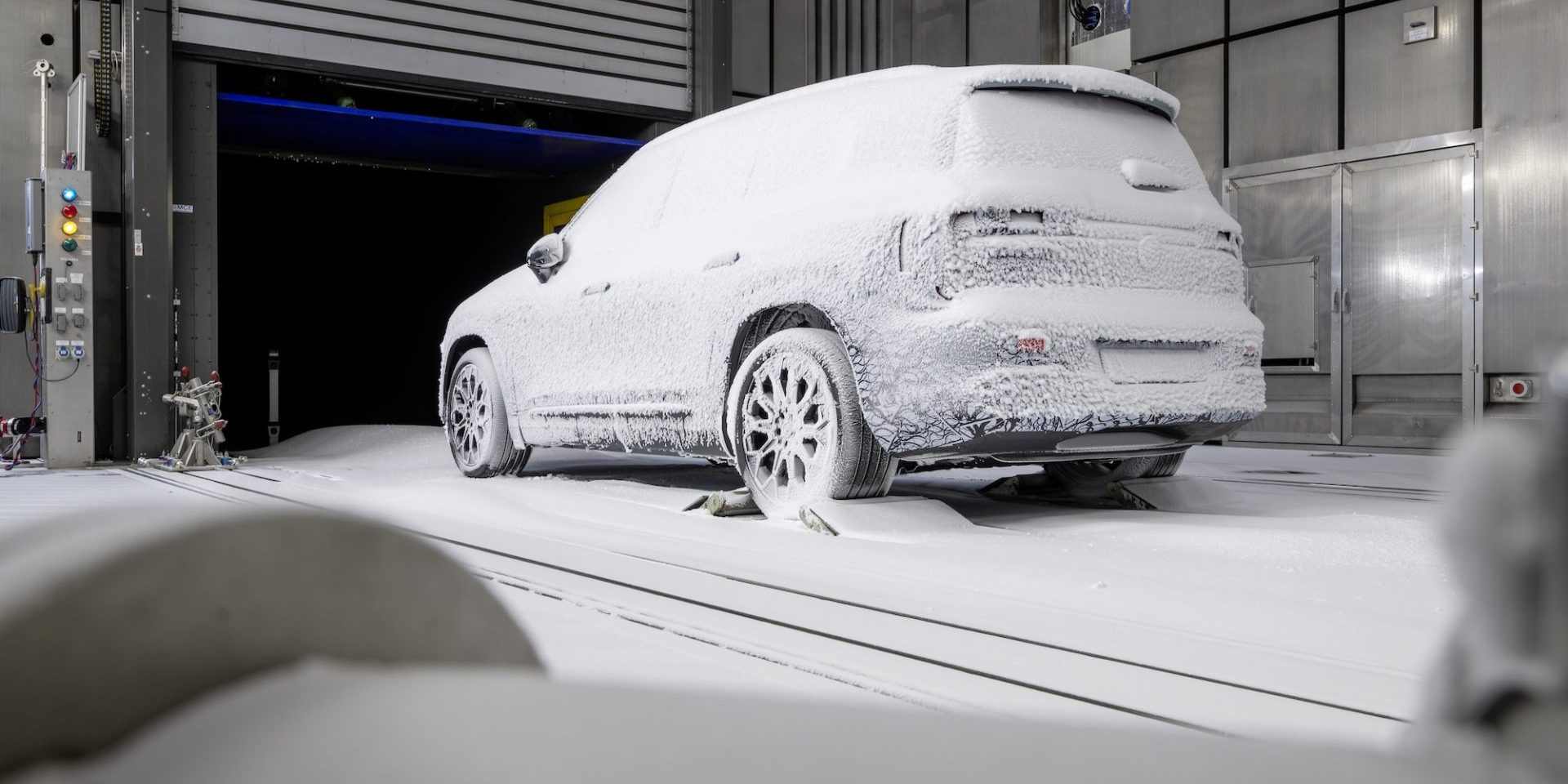
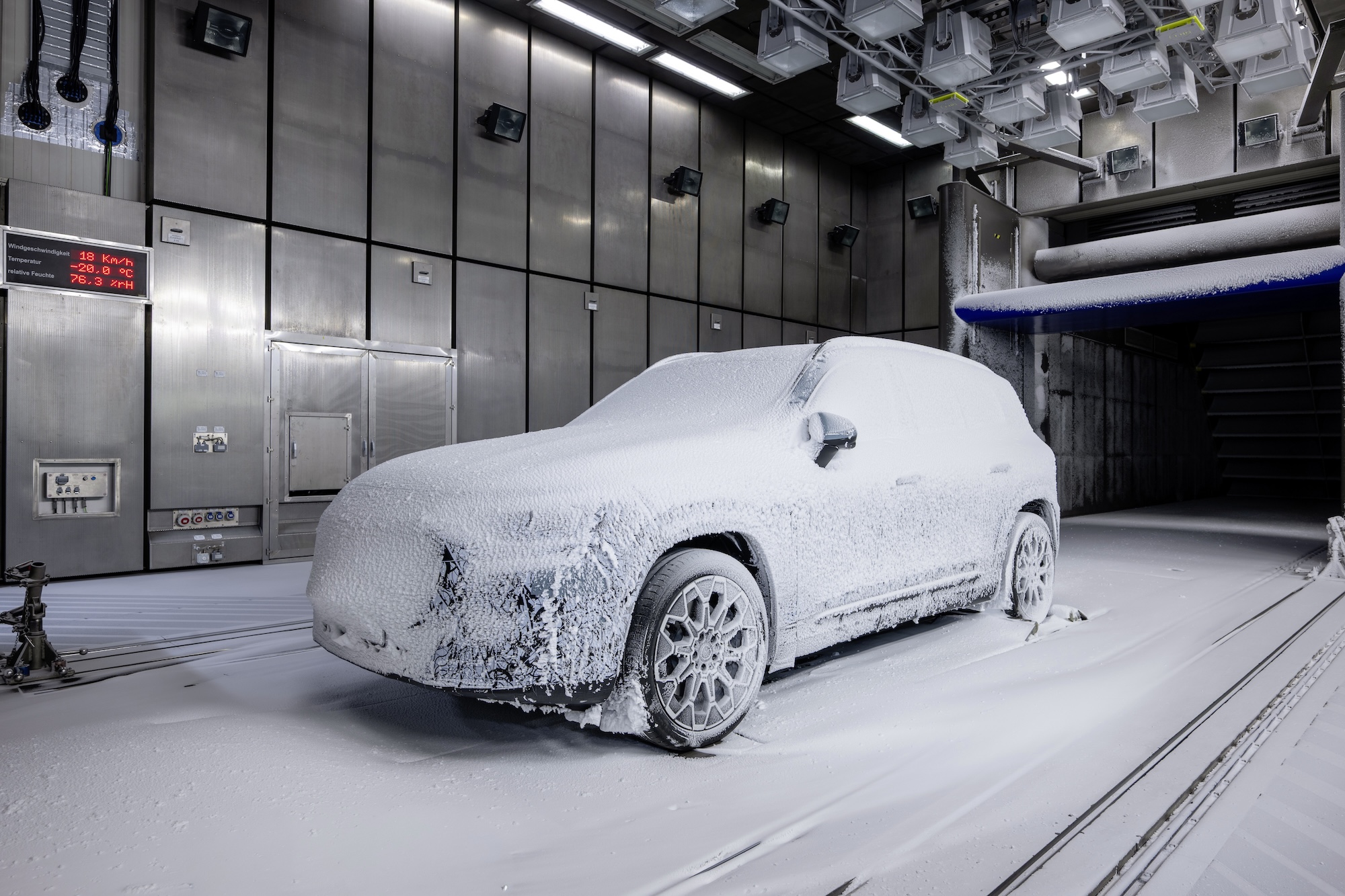
The engineers at Mercedes‑Benz are completing intensive cold-weather testing with the all-new GLB at the Mercedes Technology Center (MTC) in Sindelfingen, ahead the vehicle’s world premiere on December 8, 2025.
Confident traction on snow-covered roads, supreme thermal comfort and clear visibility in snowy conditions are essential for winter driving. To ensure the all‑new GLB meets Mercedes‑Benz’s exacting standards in these crucial areas – and delivers the hallmark quality customers expect – extensive testing in two, state-of-the-art climatic wind tunnels is necessary.
Testing at the limit: Arctic temperatures and blizzards in climatic chambers
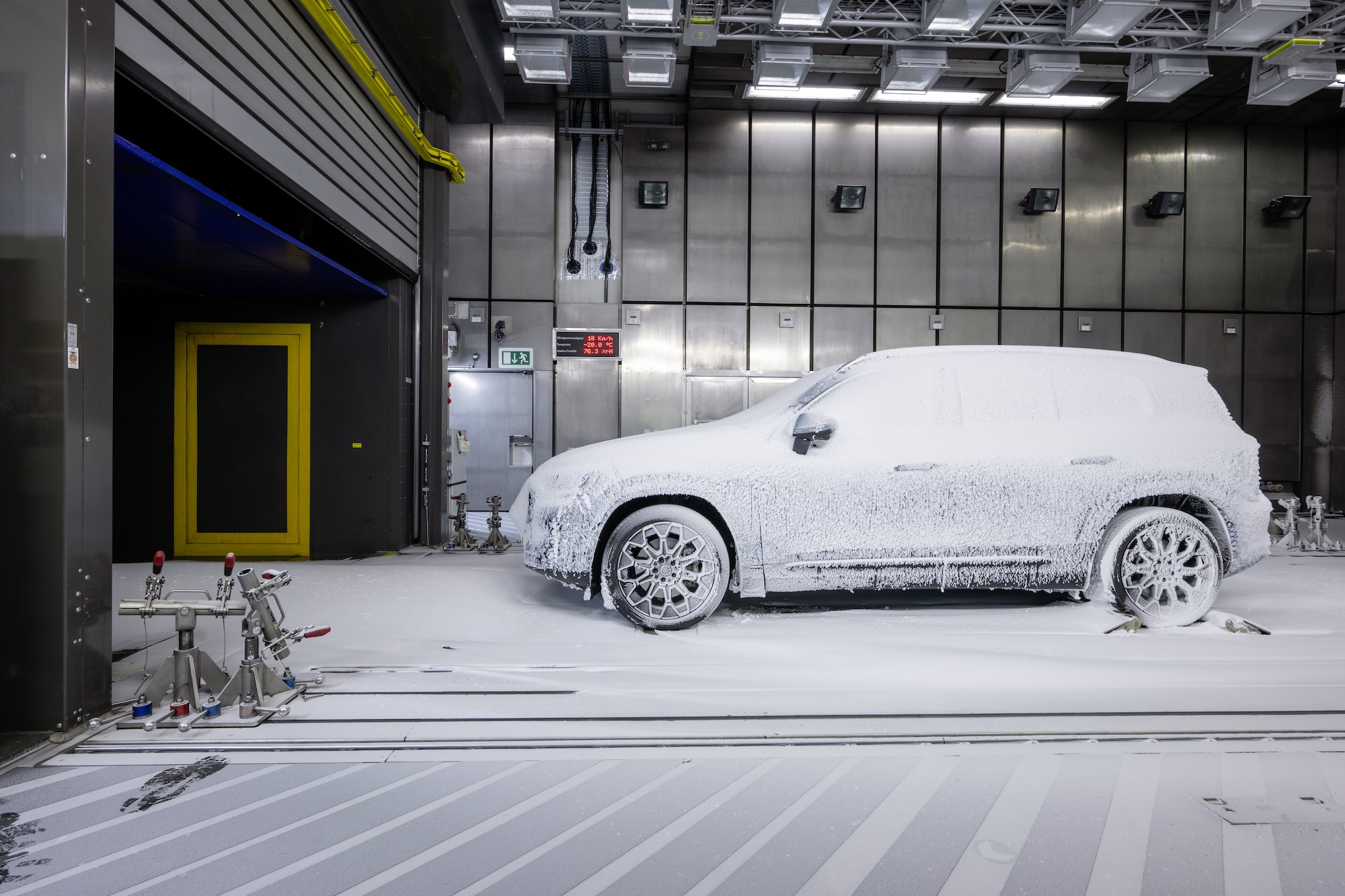
The temperature range in the cold tunnel spans from -40 to 104 degrees Fahrenheit, which covers a broad spectrum of weather conditions in real world driving. Advanced snow cannons allow snow production with a variety of snow types over a wide temperature range. Combined with the wind tunnel’s high-powered fan, Mercedes‑Benz can simulate fierce blizzards where snowflakes race towards the test vehicle at speeds of up to 124 mph.
A wealth of complex technology is incorporated within Mercedes‑Benz’s two climatic wind tunnels. In each tunnel, a rolling road simulates the road surface. Powerful electric motors drive four rollers each, allowing 4MATIC models to be tested under realistic conditions. The test rigs are designed for a total output of up to 1,046 hp, enabling top speeds of up to 165 mph. Vehicles can also be refueled and charged within the tunnels. The building extends over an approximately 230 x 197‑ft floor area. In addition to the two test rigs, it houses offices and a control room. From there, technicians can regulate temperature, humidity, wind speed and other parameters. Each test can be closely observed through large, fully insulated windows.
Quality enhancement in every season: simulating the desert sun
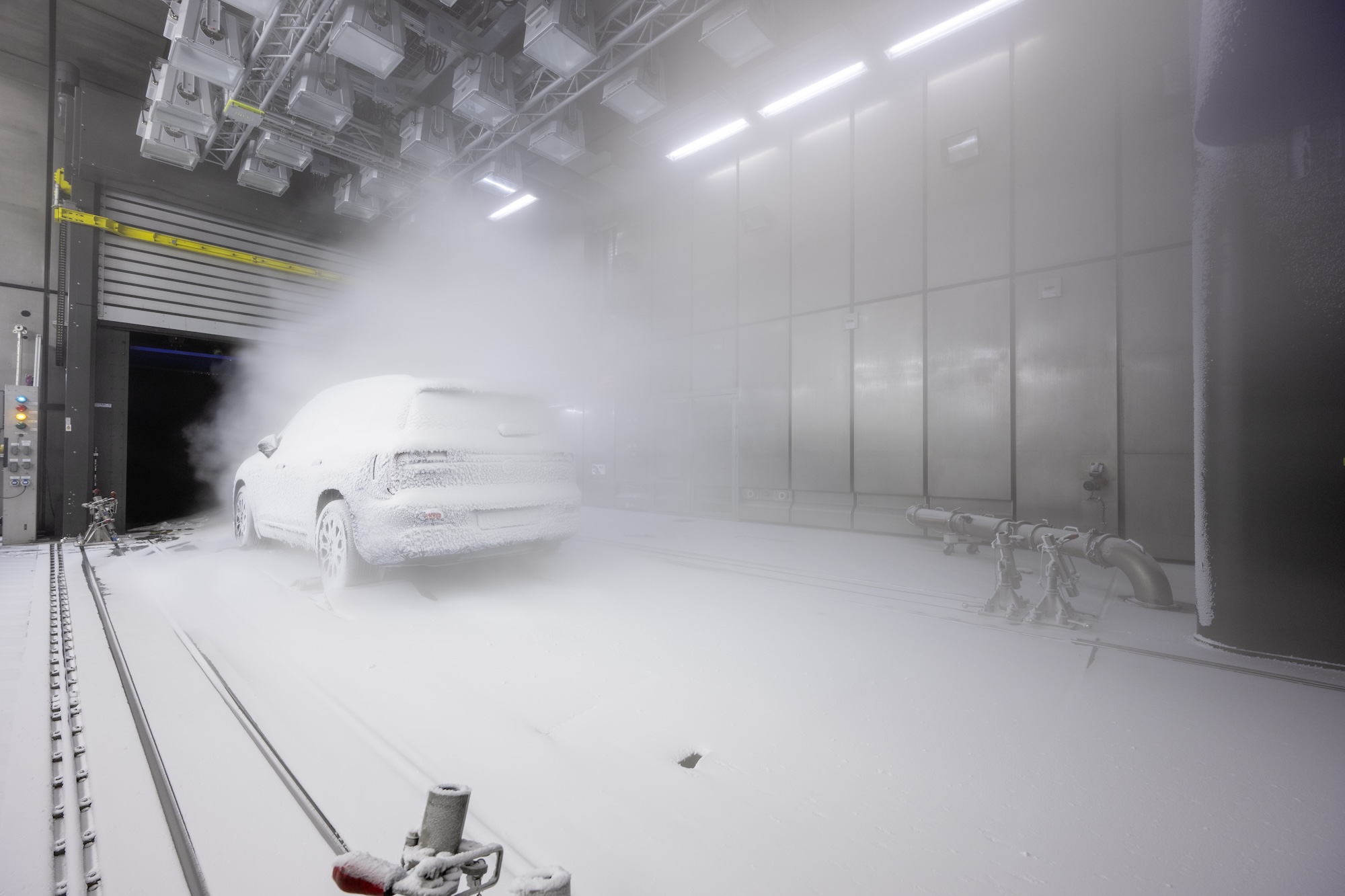
Heat and solar radiation present challenges for a vehicle and its occupants. In the heat chamber, temperatures ranging from 14 to 140 degrees Fahrenheit can be generated. There is also a solar simulation system with 32 lamps, delivering a radiation spectrum that corresponds to natural sunlight. Over an approximately 26 x 8-ft area, the radiation intensity can be varied between 200 and 1,200 watts per square meter (per 10.8 square ft). The highest level is comparable to the intense conditions of remote deserts, like Death Valley.
Another development tool in the heat tunnel is the “Hot Road.” This is a simulated road surface where the temperature can be continuously adjusted between 122 and 158 degrees Fahrenheit, precisely replicating the thermal conditions of a road surface on a scorching summer day. The goal here, too, is to create as close to real-world conditions as possible.
In the climatic wind tunnels, almost every weather condition can be simulated year-round – and with high precision. Unlike tests on public roads, the measurements are reproducible at any time. The cold chamber helps Mercedes‑Benz to further close the gap between simulation and practical testing, and to continuously improve vehicle quality through even more comprehensive tests.
Snow flurries, icy windshields: authentic winter testing

The engineers use the testing possibilities of the climatic wind tunnels to examine a variety of vehicle components and functions. For example, they examine the function of the windshield wipers to ensure perfect operation in all weather conditions. In the cold tunnel, engineers also check whether swirling snow can block the vehicle’s air inlets – a real-world risk caused by spray from passing trucks.
In frigid temperatures between -4 and 5 degrees Fahrenheit, the vehicle’s climate control system must demonstrate the capability to quickly defrost an icy windshield. A camera records the entire de-icing process during testing. The all-new GLB also passed these tests with impressive results. At an outside temperature of 5 degrees Fahrenheit, it takes only 15 minutes for the windshield to be clear for safe driving. This is accomplished using only the defrost setting of the climate control system and without further intervention from the driver, such as switching on the windshield wipers.
A warm welcome: from the moment occupants enter the vehicle

The new Mercedes‑Benz GLB elevates efficiency and interior climate comfort to a new level. For example, during a 20‑minute drive in 19-degree Fahrenheit ambient temperatures, the climate control heats the interior twice as fast as its predecessor – and even undercuts the heating time of an ICE powered vehicle. To accomplish this, the all‑new electric GLB requires only about half the energy compared to its predecessor, which helps maximize electric range.
The cabin heating process starts automatically as soon as someone enters the vehicle. Mercedes‑Benz employs a strategy to first warm the upper body and hands of occupants to ensure rapid thermal comfort, even without using pre-conditioning. In addition, the climate control system is now even more intuitive to use and can be adapted to individual needs in many ways. It regulates heating and cooling seamlessly with the help of its intelligent, predictive operating strategy.
An innovative heat pump adapted from the VISION EQXX technology program is central to this system. As a multi-source heat pump, it can use three energy sources in parallel: waste heat from the electric drive, battery and ambient air. By using this “free” heat, the heat pump contributes to the high efficiency of the new GLB. It manages this process with approximately one third of the electrical energy that a comparable auxiliary heater would require to achieve the same output.
Welcome home: Redefining comfort in the compact SUV segment
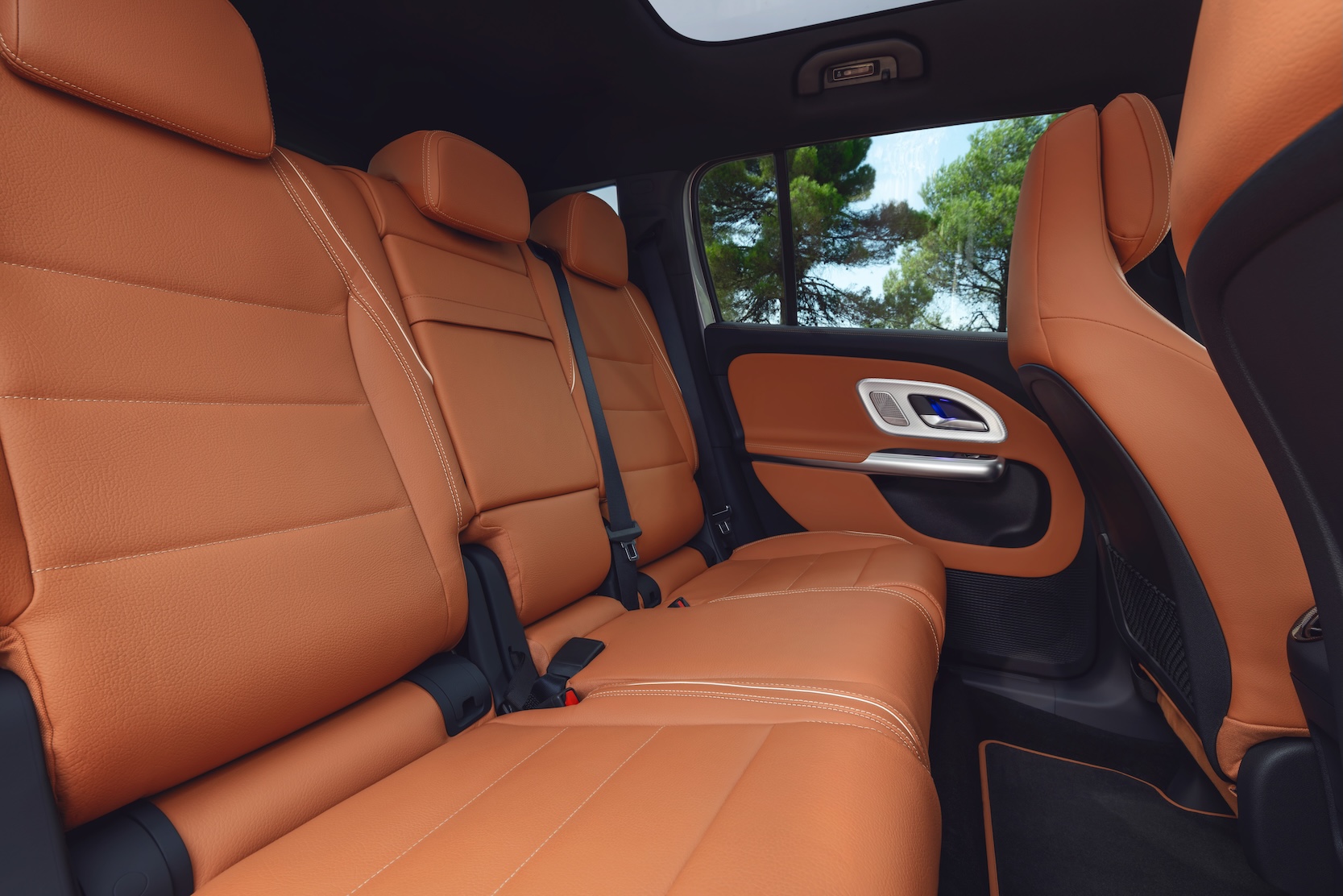
Instead of the previous sculptural design, the interior of the all-new GLB is a purist concept with a focus on individual iconic, high-tech elements. The design is reduced to the essentials and conveys a state-of-the-art, elegant ambience. A key highlight of the interior is the optional, floating MBUX Superscreen, which extends across the entire width of the dashboard.
Circular climate control air vents at either end of the optional MBUX Superscreen offer a sporty, high-tech aesthetic. The outer rings, finished in Silver Shadow, appear to float in front of a conical-shaped form. The center nozzle with a flat central vent replaces traditional vent louvers.
Another highlight of the interior design is the doors with a concave main body that recedes into the background and large, floating center panels with an open storage compartment. The pull handle with its classic tubular design looks straightforward, yet powerful and sporty.
The floating center console also impresses. It connects stylishly under the optional MBUX Superscreen and features a large, three-dimensional trim element, which is available in a variety of luxurious finishes. A smartphone storage compartment with optional wireless charging cradle and cup holders are elegantly integrated into the trim element.
The new multifunction steering wheel is designed to be even more ergonomic and intuitive to operate. By popular demand based on customer feedback, Mercedes‑Benz has reintroduced a rocker switch for the cruise control and Digital Extra: Distance Assist DISTRONIC1, as well as a roller switch for volume control.
A more spacious and flexible interior

The all-new GLB is available standard with seating for five and optional seating for seven. It adapts effortlessly to a wide range of customer needs and lifestyles. Compared to its predecessor, the new GLB offers noticeably more headroom for first and second row occupants thanks to the roofline of the SUV as well as the standard panoramic roof. Seating comfort for second row passengers is also noticeably improved with more legroom and longer thigh support.
A sliding, adjustable second row seat is available as an option on five-seat models and is also included with optional third row seating. This allows the angle of the second row seat backrest to be adjusted as well as the entire second row seats to move fore and aft for greater comfort or cargo space.
The optional third row seating is also easier to access in the new GLB thanks to the significantly longer adjustment range of the Easy‑Entry function. When not in use, the third row seats can fold down into the load floor.
Panoramic sunroof with optional switchable glass and illuminated star pattern
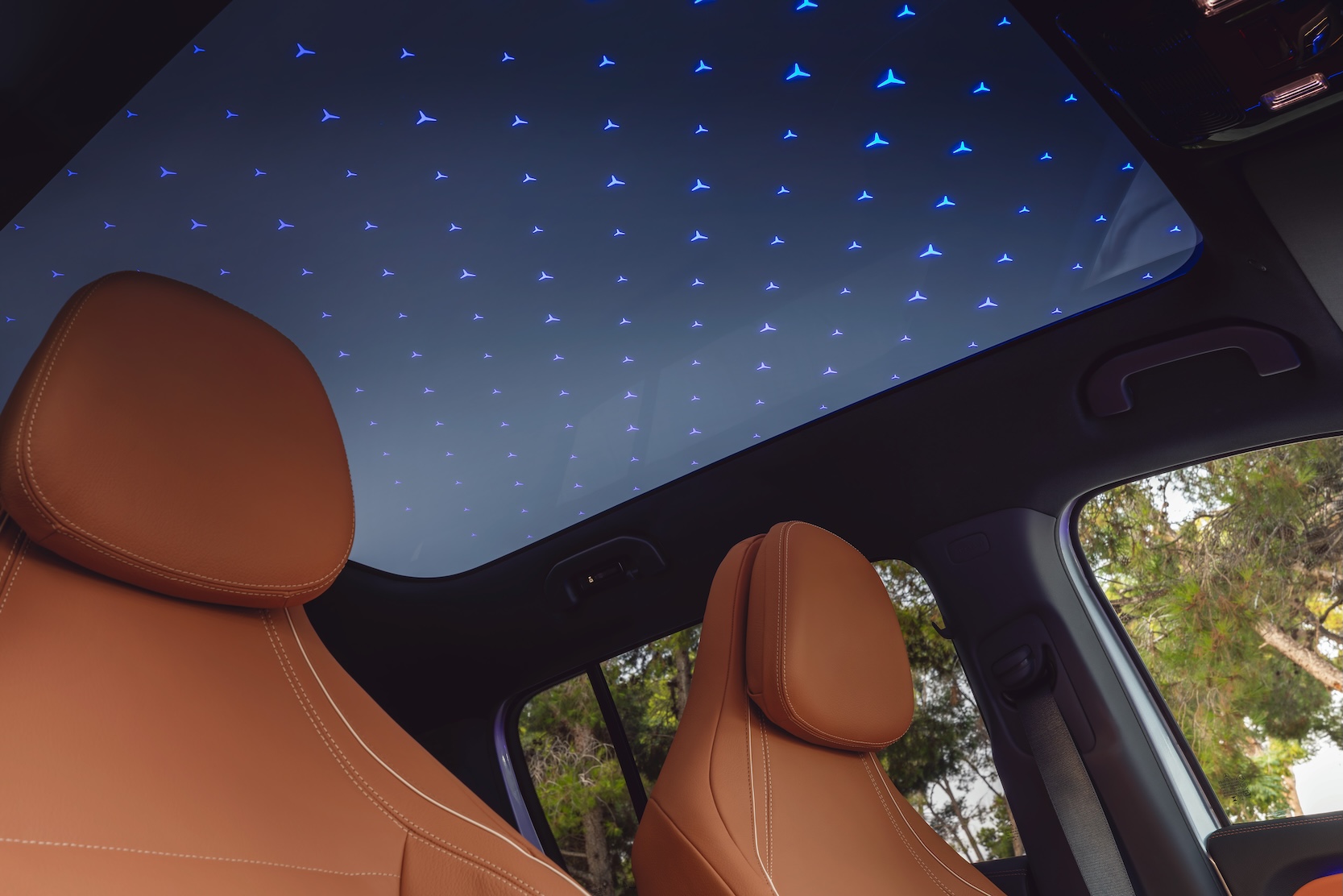
The large panoramic roof sets a new standard in the segment and provides a generous, open sense of space. It features heat-insulating laminated safety glass with an infrared-reflecting coating and a low-emissivity (LowE) coating on the interior surface. This serves as heat protection for the cabin in warm weather. In winter, the LowE coating reduces heat loss by reflecting the interior heat back into the cabin. At only 200 nanometers, this infrared film is thinner than a human hair, which has a diameter of approximately 50,000 nanometers.
Available as an option, the transparency of the panoramic roof can be changed segment by segment in 10 to 20 milliseconds. Customers can use the central multimedia display to switch between transparent for a clear view above and “opal” (translucent) for improved glare protection in direct sunlight. The large panoramic roof is also available with optional ambient lighting featuring a luminous starry sky.
MB.OS: Creating an intuitive and user-friendly digital experience
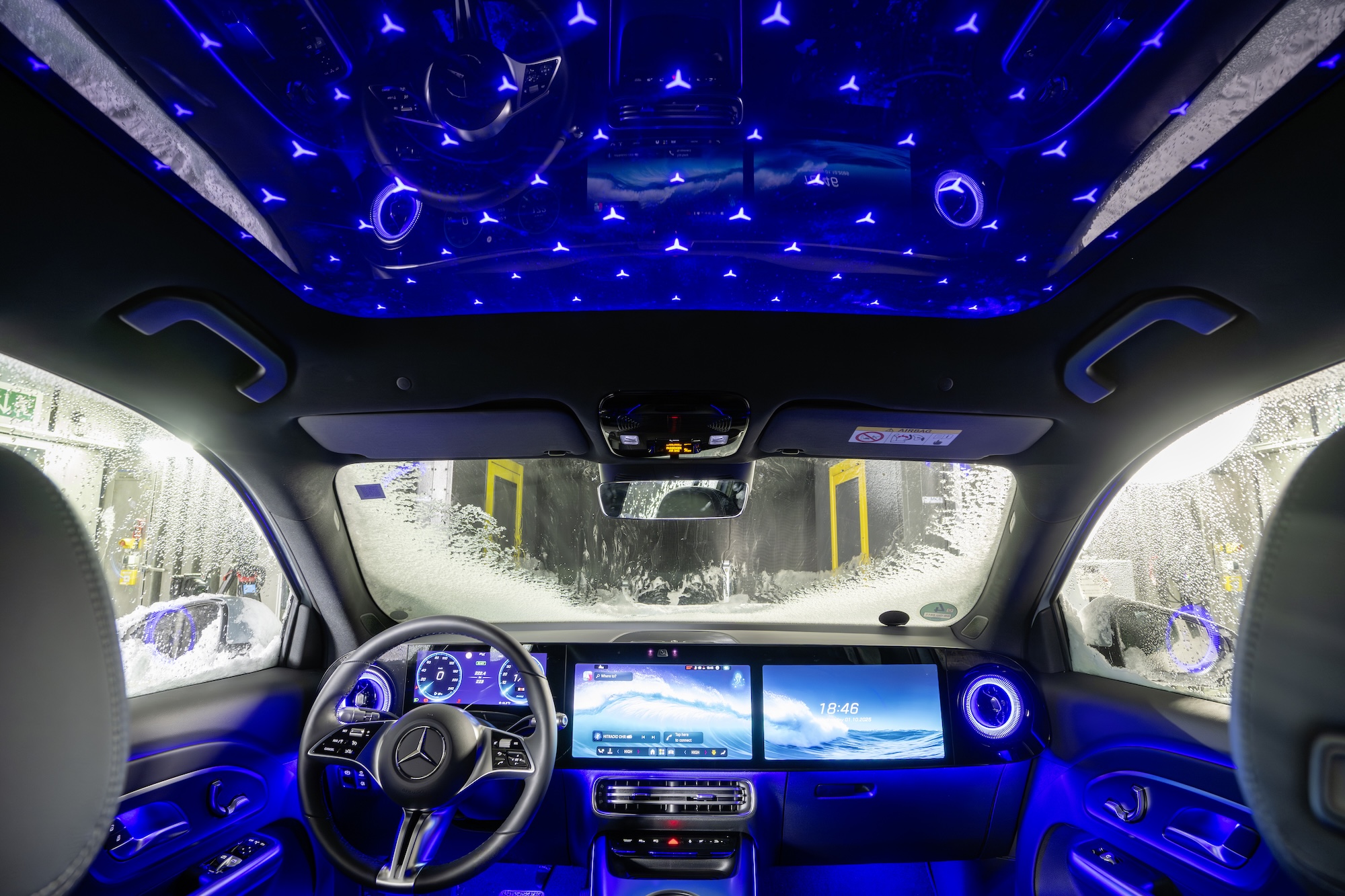
The Mercedes-Benz Operating System (MB.OS) supercomputer transforms the all‑new GLB into an intelligent companion that thinks, learns and evolves with the driver. Combined with the fourth generation MBUX, the latest operating concept delivers redesigned welcome animations, an advanced Zero Layer function, an extensive range of apps, the MBUX Virtual Assistant with different avatars and powered by generative artificial intelligence, navigation provided by Google Maps and powerful MBUX Surround Navigation.
Moreover, MB.OS enables the latest MB.DRIVE driver assistance systems. The all-new GLB comes standard with an extensive range of driver assistance technologies2, including Digital Extra: Distance Assist DISTRONIC3. It is also equipped with 10 cameras, five radar sensors, 12 ultrasonic sensors and a water-cooled high-performance supercomputer with sufficient power reserves for future functions and regular over-the-air updates.



